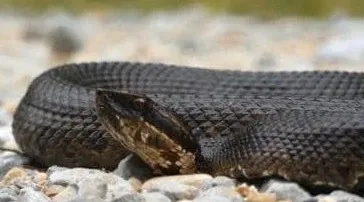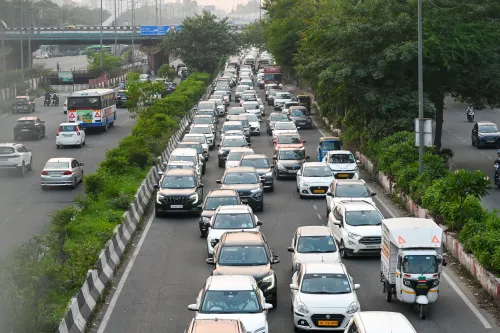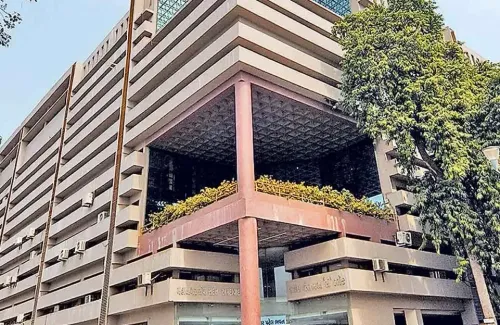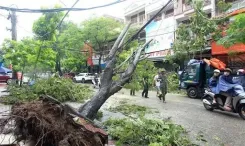How Did Snakebites Claim Three Lives in Jharkhand’s Palamu?

Synopsis
Key Takeaways
- Three fatalities due to snakebites in Jharkhand.
- Rural patients often delay seeking medical help.
- Timely administration of antivenom is critical for survival.
- Flooding during monsoon drives snakes closer to human settlements.
- Awareness and education can help mitigate snakebite risks.
Palamu (Jharkhand), July 11 (NationPress) In a series of distressing events, three individuals lost their lives and numerous others sustained critical injuries after being bitten by venomous snakes in Jharkhand’s Palamu district, according to officials on Friday.
The most severe incident took place in Narsinghpur Pathra village, located under the Chainpur police station jurisdiction, where a snake bit three family members while they were asleep on Thursday night.
Two brothers, Arjun Kumar and Dev Kumar, tragically succumbed to their bites, while their father, Prem Chaurasia, is currently in critical condition. This family is related to Daltonganj MLA Alok Chaurasia.
All three were initially taken to Medinirai Medical College and Hospital in Palamu. As their condition worsened, they were referred to RIMS in Ranchi, but unfortunately, Arjun and Dev Kumar passed away before arriving at the hospital. Prem Chaurasia is still receiving treatment.
In a separate occurrence in Basdih village, also under Chainpur police station limits, Bhikhari Bhuiyan and his wife Shakuntala Devi were bitten by a snake while they slept on their floor. Shakuntala Devi did not survive despite receiving treatment at Medinirai Medical College, while Bhikhari Bhuiyan remains in critical condition.
These incidents are emblematic of a troubling trend this monsoon season in Jharkhand, where over 15 lives have been lost due to snakebites.
On July 4, a venomous snake bit two siblings, Stuti Kumari and Aditya Kumar, children of Hiralal Raut, in Saidpur village of Godda district. Both died prior to receiving medical care.
According to RIMS in Ranchi, the hospital sees 8-10 snakebite cases daily.
Dr. Sanjay Singh, a senior physician in the Medicine Department, emphasized that timely antivenom administration can save lives. He noted that many rural patients often turn to witchcraft or traditional methods first, which delays essential medical treatment and exacerbates their conditions.
Experts suggest that the increase in cases is due to flooding during the monsoon, which drives snakes from their habitats closer to human populations.
Among the most venomous snakes found in Jharkhand are cobras, Kraits, and vipers, alongside non-poisonous species like dhamin and harhara, which are also prevalent.









